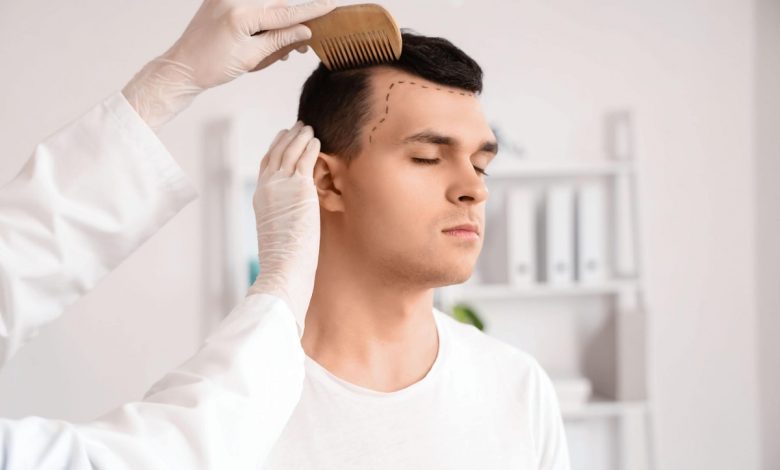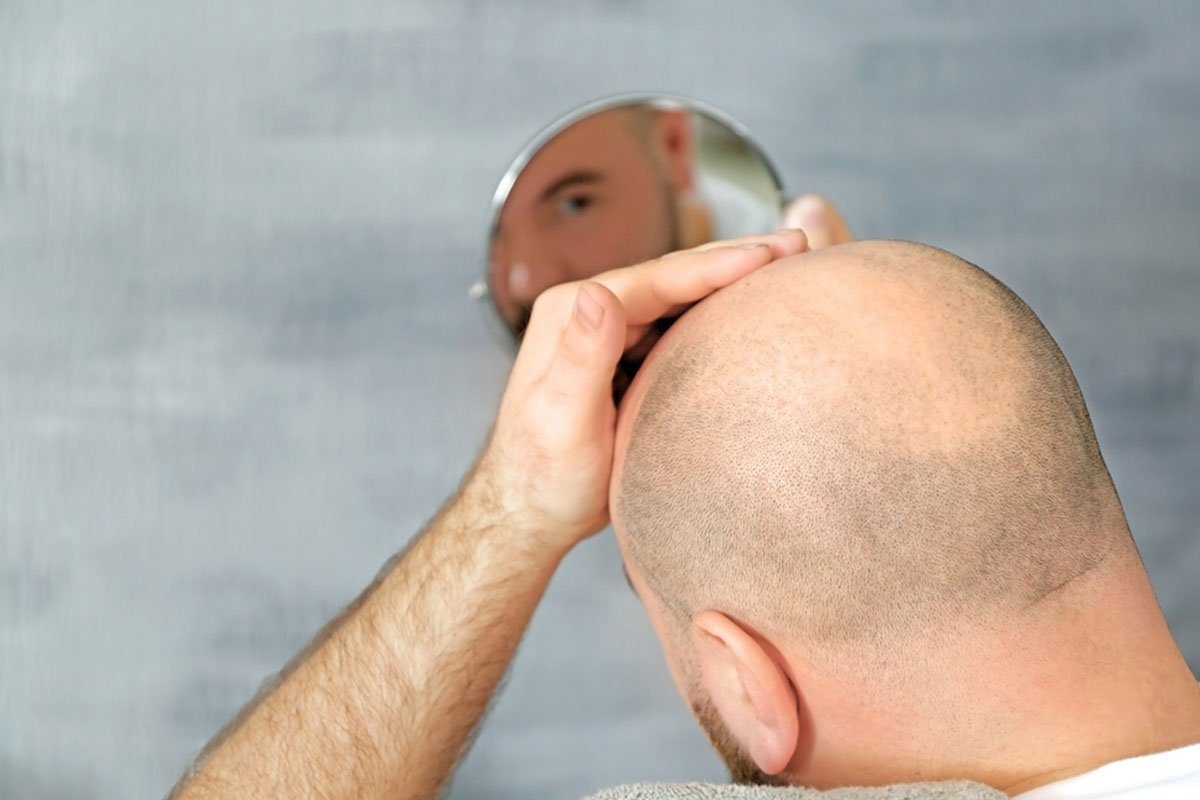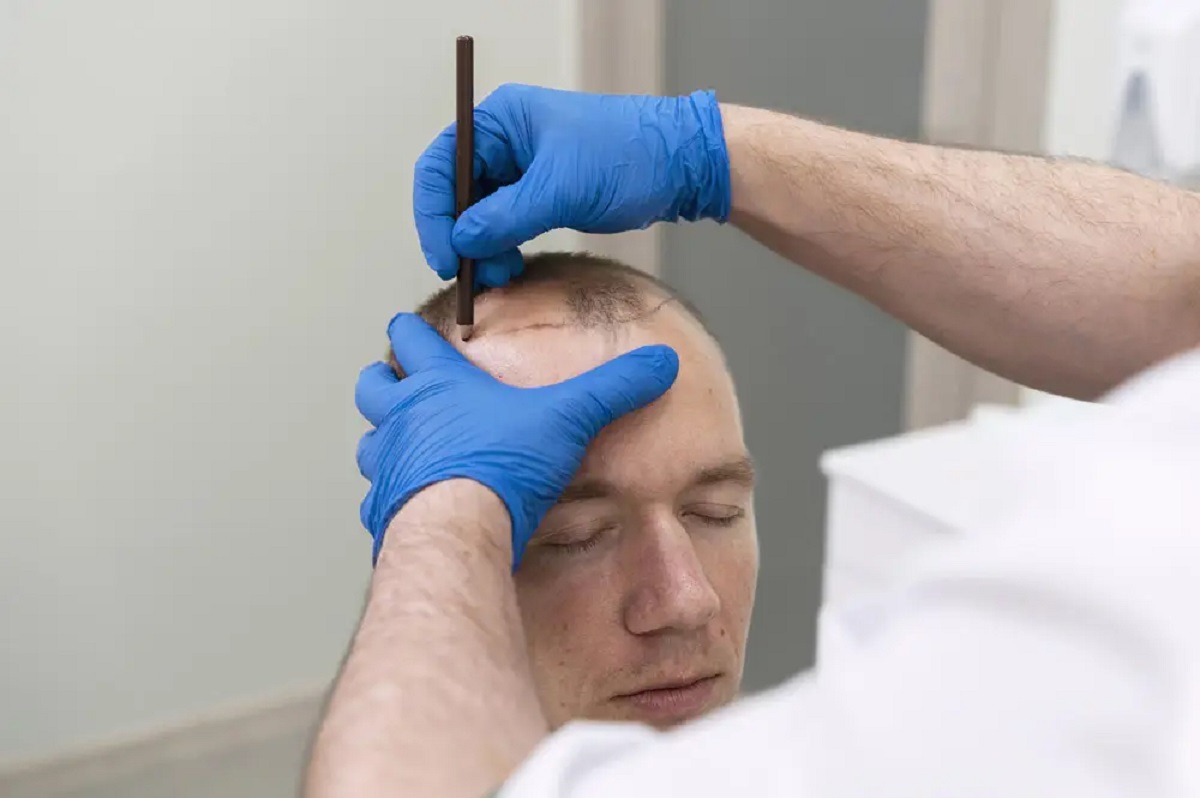Hair Transplant: A Permanent Solution To Hair Loss

Hair Transplant: Hair loss is a common issue affecting millions of people worldwide, leading to a loss of confidence and self-esteem.
While various treatments such as medications, shampoos, and lifestyle changes can help slow down hair loss, they often provide temporary results. A hair transplant is considered one of the most effective and permanent solutions to restore hair growth. This essay explores the process, benefits, types, risks, and post-procedure care of hair transplantation.
What Is A Hair Transplant?

A hair transplant is a surgical procedure that involves transferring hair follicles from one part of the body (usually the back or sides of the scalp) to areas experiencing baldness or thinning. This procedure is commonly used to treat male pattern baldness, but it is also effective for women suffering from hair thinning, hair loss due to injuries, or medical conditions like alopecia.
Types Of Hair Transplant Procedures
There are two primary methods used in hair transplantation:
Follicular Unit Transplantation (FUT)
Also known as strip harvesting, this method involves removing a strip of scalp from the donor area and dividing it into smaller grafts containing individual hair follicles. These grafts are then implanted into the recipient area.
Advantages: Can transplant a large number of hair follicles in one session.
Disadvantages: Leaves a linear scar in the donor area and requires a longer recovery period.
Follicular Unit Extraction (FUE)
In this technique, individual hair follicles are extracted one by one from the donor area and transplanted directly to the bald or thinning regions.
Advantages: Leaves minimal scarring, has a quicker recovery time, and offers a more natural-looking result.
Disadvantages: More time-consuming and slightly more expensive than FUT.
Benefits Of Hair Transplantation
A hair transplant offers numerous advantages, including:
Permanent and Natural-Looking Results – Since the transplanted hair is taken from the patient’s own scalp, it grows naturally and blends seamlessly with existing hair.
Boosts Confidence and Self-Esteem – Many individuals regain their confidence after restoring their hairline.
Low Maintenance – Transplanted hair does not require special care; it can be washed, styled, and treated like natural hair.
Cost-Effective in the Long Run – Unlike temporary treatments that require ongoing expenses, a hair transplant is a one-time investment with lasting results.
Risks And Considerations

Although hair transplantation is generally safe, there are some risks and considerations to keep in mind:
Scarring and Infections – Proper post-operative care is essential to prevent complications.
Uneven Hair Growth – Some areas may take longer to grow hair evenly.
Shock Loss – Temporary shedding of transplanted hair may occur before new hair starts growing.
Cost and Availability – The procedure can be expensive, and finding a qualified surgeon is crucial for successful results.
Post-Procedure Care
Proper aftercare is essential to ensure a successful hair transplant. Some key recommendations include:
Avoid touching or scratching the transplanted area.
Sleep with your head elevated to reduce swelling.
Follow the surgeon’s instructions on washing and medication use.
Avoid heavy exercise, smoking, and alcohol for at least a few weeks.
Be patient—new hair growth may take several months to appear.
Also Read:
My Advice For Prince Harry’s Hair – From A Royal Stylist
Hair Care After 40: Maintaining Healthy Locks In Your 40s And Beyond
Five Signs Of Thinning Hair: From Slimmer Ponytail To Excessive Shedding




